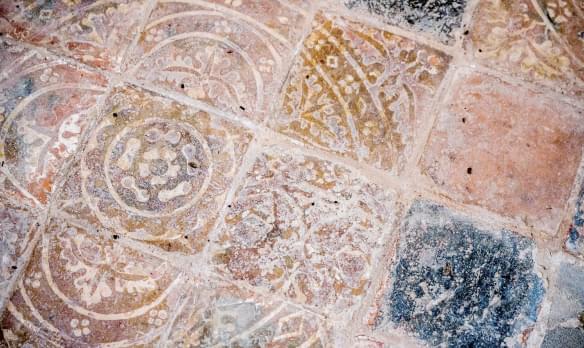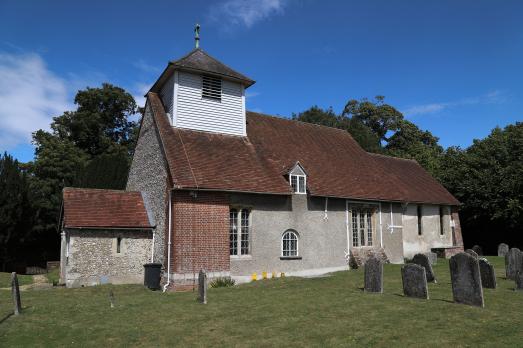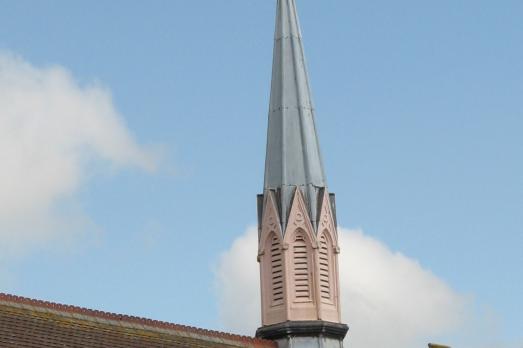
Holy Cross
Seend, Wiltshire | SN12 6NR
Another Grade I church, it was primarily built by John Stokys whose brass and that of his wife of 1498 are to be found in the north aisle.
Search for a fascinating place to visit, or see the variety of churches, chapels and meeting houses we have supported.

Seend, Wiltshire | SN12 6NR
Another Grade I church, it was primarily built by John Stokys whose brass and that of his wife of 1498 are to be found in the north aisle.

Compton, Surrey | GU3 1EG
Its pre Norman tower alone would make this church special, but what makes it both unique and mysterious is its two storey sanctuary.
We have supported this church

Urchfont, Wiltshire | SN10 4QT
This mainly Decorated Grade I church stands beyond the village pond by a handsome farmhouse.

Upper Stoke, Kent | ME3 9RX
St Peter & St Paul is a medieval parish church sat next to the medway, a beautiful example of medieval worship.
We have supported this church

Dummer, Hampshire | RG25 2AF
12th century village church with a rare 15th century rood canopy and one of the oldest pulpits in the country.

Gosforth, Tyne & Wear | NE3 4ES
The church commands a prime position on a beautiful tree lined site in a prosperous suburb a short walk from Gosforth High Street where there are shops, cafes and amenities.

Ludgershall, Wiltshire | SP11 9QF
The Grade I church is built in a mixture of styles from Norman to the 17th century.

Gosforth, Tyne & Wear | NE3 1BJ
A beautiful church, over 200 years old but on a very old site dating back to Saxon times.

Soundwell, City of Bristol | BS16 4RH
The church is over 100 years old.
We have supported this church

Potterne, Wiltshire | SN10 5NF
This Grade I cruciform church occupies a commanding position above the village.

Ovingham, Northumberland | NE42 6AJ
In an attractive village beside the River Tyne lies St Mary the Virgin, graced by a magnificent late Saxon tower.

Cwmystwyth, Dyfed | SY25 6DX
An impressive building with a wealth of history, affectionately known by the community as Hafod Church.
We have supported this church